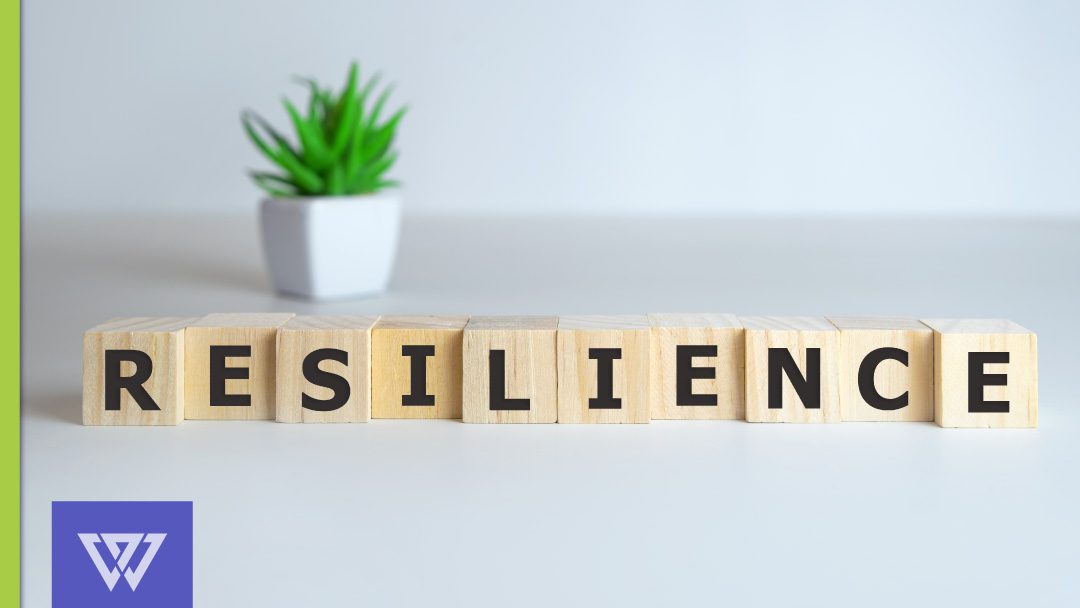
Written by Watershed CI
August 13, 2019
The term change fatigue refers to the sense of resignation and apathy that develops among employees undergoing rapid and continual change, typically when multiple transformations in job responsibilities from different sources collide. This is also referred to as change saturation, both terms eliciting a powerful mental image of this type of distress.
Wave after wave of disruption slowly numbs the employee, who essentially develops change fatigue as a form of passive resistance, consciously or unconsciously—evidenced by higher turnover rates and reduced productivity. This, in turn, renders any change initiative meaningless, paralyzes activity and reverses many of the gains achieved.
For organizations already in the throes of change fatigue, the question is:
Can you work with change fatigue to still implement the necessary transformations?
Yes, providing you reboot your thinking around change and instill a culture of change resilience. Whether currently undergoing or planning even more significant changes to their business model and operations, tired organizations can begin by imparting the following understandings to their employees.
Change Must be Embraced
Technological change leans toward exponential growth, meaning the rate of disruption in technology will increase rather than slow down. Unpack the buzz phrase ‘change is the constant’ to its true essence—change is now how we do business.
Most organizations operate in a state of more or less continual disruption due to the combined impact of technology and shifting business models. There’s no going back to the halcyon days of slow-moving technological advancement (if they ever did exist). It is in the best interest of organizations and employees alike to embrace this reality and revise business processes accordingly.
Address Emotion
Typically a deep-seeded fear feeds change fatigue, namely loss of employment. While organizations fear being outpaced by competitors, employees fear being replaced by robots and software. While this may happen, organizations can still acknowledge this emotion in their change plans and develop emotional sensitivity in their leaders and project sponsors.
Involve Employees
Change fatigue derives a good portion of its fuel from confusion, when employees simply do not understand why they are being asked to change. In addition to this, neuroscience demonstrates that due to the composition of the human brain change tends to elicit impulsivity and discomfort; the brain expends vast amounts of energy replacing well-known routines with new information.
Provide ample time for employees to explore and apply the ‘what’s in it for me’ (WIIFM) principle to the change effort. Take the time—even when things are urgent—to delineate the future state in terms that employees can easily visualize. Even if the WIIFM reveals that the benefit is merely a continued source of income that will be enough to engage most employees. Make the reason for the change abundantly clear over and over.
Develop a Resilient Organizational Culture
Personal resilience and organizational resilience are not so far apart as one might think. A resilient organization, like a resilient individual, adopts a proactive stance and understands that absolutely nothing stays the same—not the market, not the body and not the planet.
Instead of waiting in terror for tectonic economic change to strike, resilient organizations prepare for it—not with a bunker mentality but with a sense of excitement and adventure. Perhaps they develop a Centre of Innovation and experiment or perhaps they crowdsource ideas for how to make money in new ways from their own employees. Regardless, a resilient organization understands that it is possible to thrive in uncertainty, just as a resilient individual understands that it is possible to live life to the fullest, even though it can end at any time without warning.
Redefine Risk
Resilient organizations also expand and refine their assessment of risk to non-traditional spaces, such as company culture. Importantly, in a culture grounded in resilience, the risk is also perceived as a potential opportunity—thus the organization must develop the necessary muscles to recognize opportunities for growth, even in the face of an apparent threat to its existence.
Subtle shifts in understanding can successfully build a culture of resilience, one that flourishes in uncertainty, even in an organization experiencing change fatigue.
For expert help with change fatigue or redefining organizational culture, contact us.
By Catherine Daw, MBA, CMC, ACC
LeadingfromBehind Inc.
Catherine is a leadership coach and change catalyst focused on helping people realize their potential.


